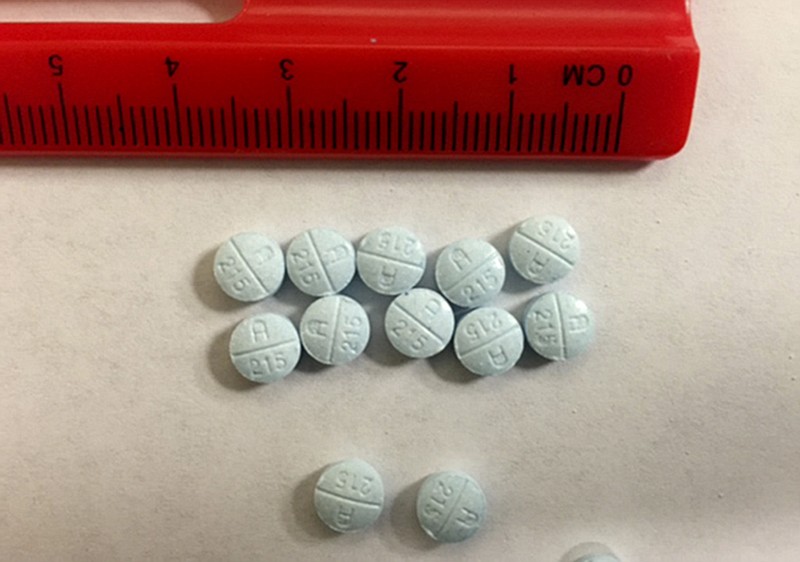Opioids continue to fuel drug overdoses in Tennessee, but a new report shows the state's drug crisis is evolving as prescription rates fall and other illicit drugs resurface.
From 2013-2017, the rates of all drug overdose deaths increased, regardless of race and sex, according to the 2019 Tennessee Drug Overdose Report. The annual report uses the latest available statewide and county-level data on mortality, hospital discharges and prescription monitoring to analyze drug use trends.
Deaths due to all opioids - a class of drugs that includes powerful painkillers such as oxycodone and illicit street drugs such as heroin - and benzodiazepines - a type of prescription sedative often used for anxiety - remained high in 2017, resulting in 447 deaths, but showed a downward trend for the first time since the Tennessee Department of Health began releasing the report in 2013.
In contrast, drug overdose deaths due to the illicit drugs heroin, fentanyl, cocaine and methamphetamine all increased, and most of the deaths involved multiple drugs.
Between 2016 and 2017, heroin overdose deaths in Tennessee rose from 260 to 311 and fentanyl deaths spiked from 294 to 500. Cocaine overdose deaths increased from 130 total deaths in 2013 to 306 deaths in 2017, and methamphetamine deaths increased from 80 deaths in 2013 to 319 deaths in 2017, surpassing cocaine overdose rates for the first time.
"Cocaine and other stimulants, like methamphetamine, kind of fell off the radar for a little bit," Susan Miller, an epidemiologist at the Tennessee Department of Health, said during a Chattanooga-Hamilton County Regional Health Council meeting on Monday.
Miller said the rise in cocaine and methamphetamine use is particularly concerning because the opioid antidote naloxone doesn't work for those drugs.
"That's not something in our toolkit when it comes to stimulants," she said, adding that for every opioid overdose death, an average of 13 non-fatal overdoses occur. Miller credited many of those lives saved to the work of first responders and anti-drug coalitions distributing naloxone.
Calandra Smith, project coordinator at the Hamilton County Coalition who attended Monday's meeting, said she was glad to see some progress but wasn't surprised by the upticks in other areas. The nonprofit coalition provides additional help resources and safe medication disposal, overdose training and naloxone at no cost.
"It gives you hope to feel like all of this work isn't for nothing," Smith said, however, "One of the things people do is turn to illicit [drugs] when they can't get prescription drugs, and cocaine, meth and heroin are the things they'll turn to ... it's always been that roller coaster."
As another positive, the report found improvements in appropriate prescribing and the practice often referred to as "doctor shopping," which is when someone seeking prescriptions for recreational use visits to multiple physicians to obtain multiple prescriptions.
Contact staff writer Elizabeth Fite at efite@timesfreepress.com or 423-757-6673.
